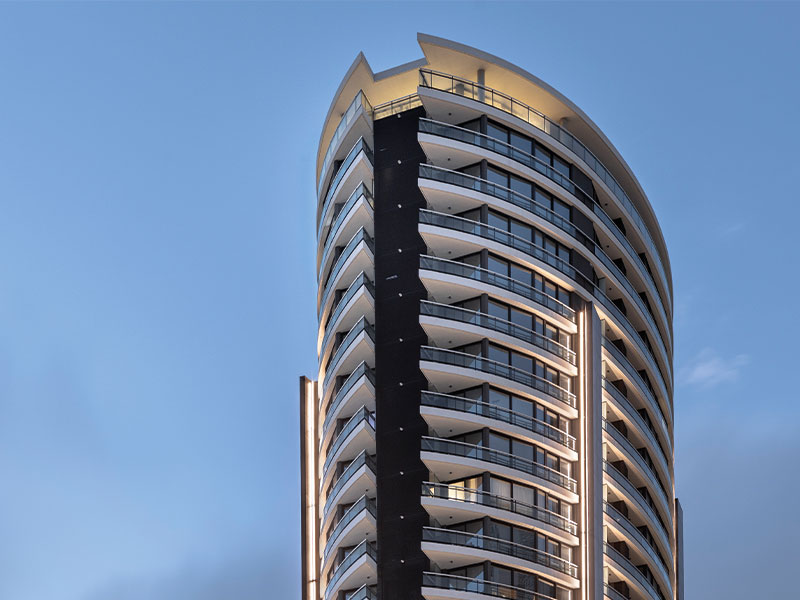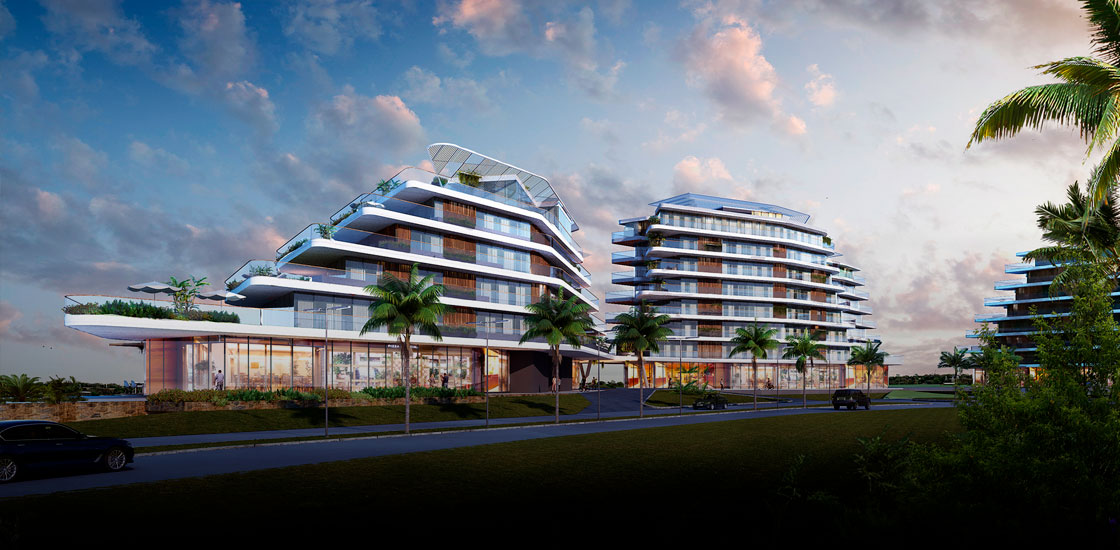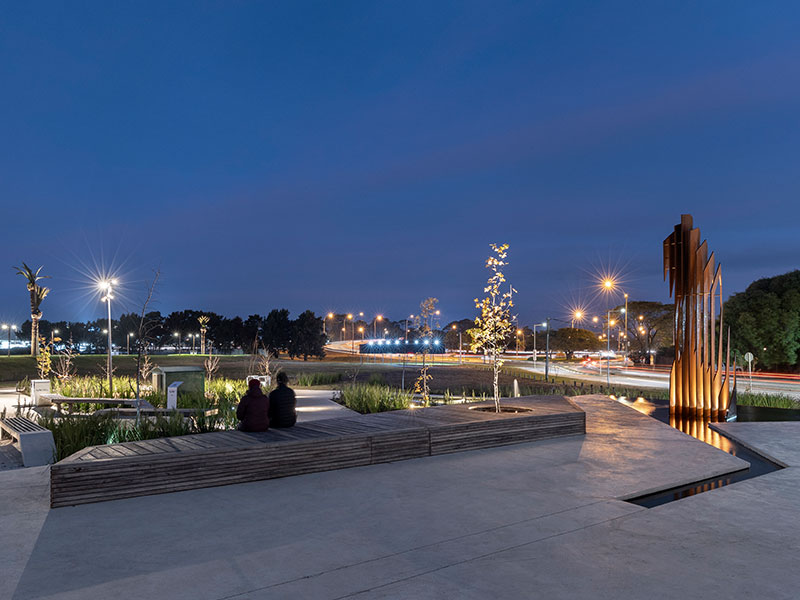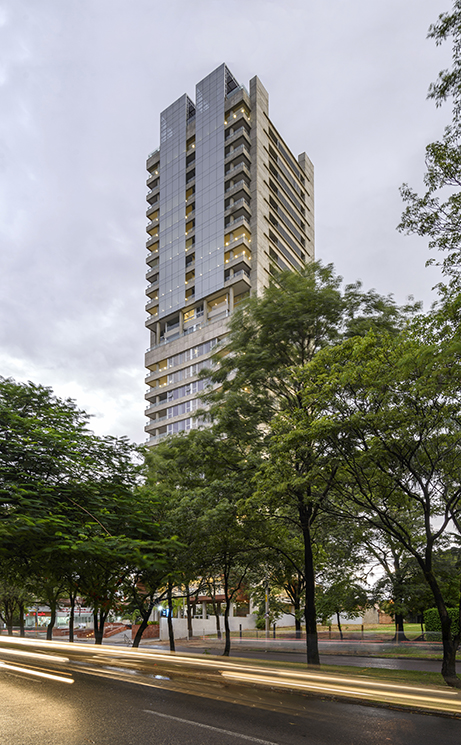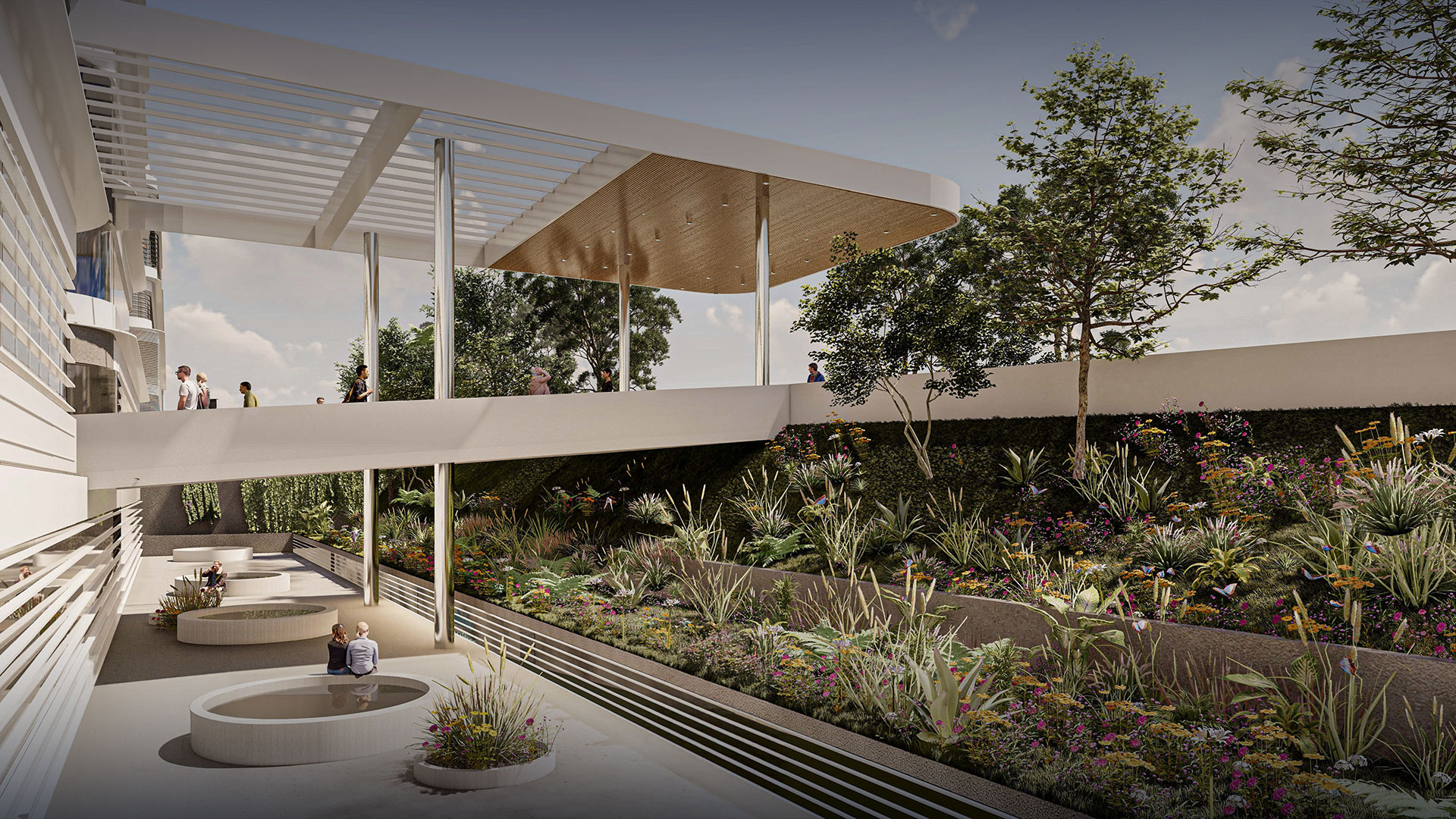

The Rise of Spaces That Understand Us
Reading Time: 07 minutes.
Publication Date: 16/06/2025
Emotional architecture seeks to create environments that transcend mere function and form, becoming settings that foster deep emotional connections between people and the built world around them.
“Design is not just what it looks like and feels like; design is how it works and how it shapes our experience,” said Steve Jobs, the founder of Apple. Jobs’ sensitivity to design took root in childhood, growing up in a modest Eichler-style home in suburban California, where mid-century modern architecture provided open, bright, and accessible spaces for working families. Inspired by the democratic vision of architects Frank Lloyd Wright and Joseph Eichler, Jobs understood early on that spatial quality and formal simplicity could profoundly transform everyday life.
That same intuition—the idea that design can shape experiences and emotionally resonate with people—is precisely what underlies emotional architecture, a movement that proposes inhabiting not just spaces, but emotions. From this perspective, architecture cannot be limited solely to addressing functional needs; it must aspire to actively integrate into the daily life of the city, creating deep emotional connections with those who inhabit or pass through it. Thus, architectural design becomes a key tool for promoting holistic well-being, creating environments that enhance people's physical, emotional, and mental health, and actively contributing to a culture of wellness in contemporary urban life.
As English architect Thomas Heatherwick argued in his recent TED talk, “The Rise of Boring Architecture—and the Case for Radically Human Buildings,” when a building resonates emotionally with its users, it not only enhances quality of life and collective well-being but also strengthens social bonds and reinforces community identity.
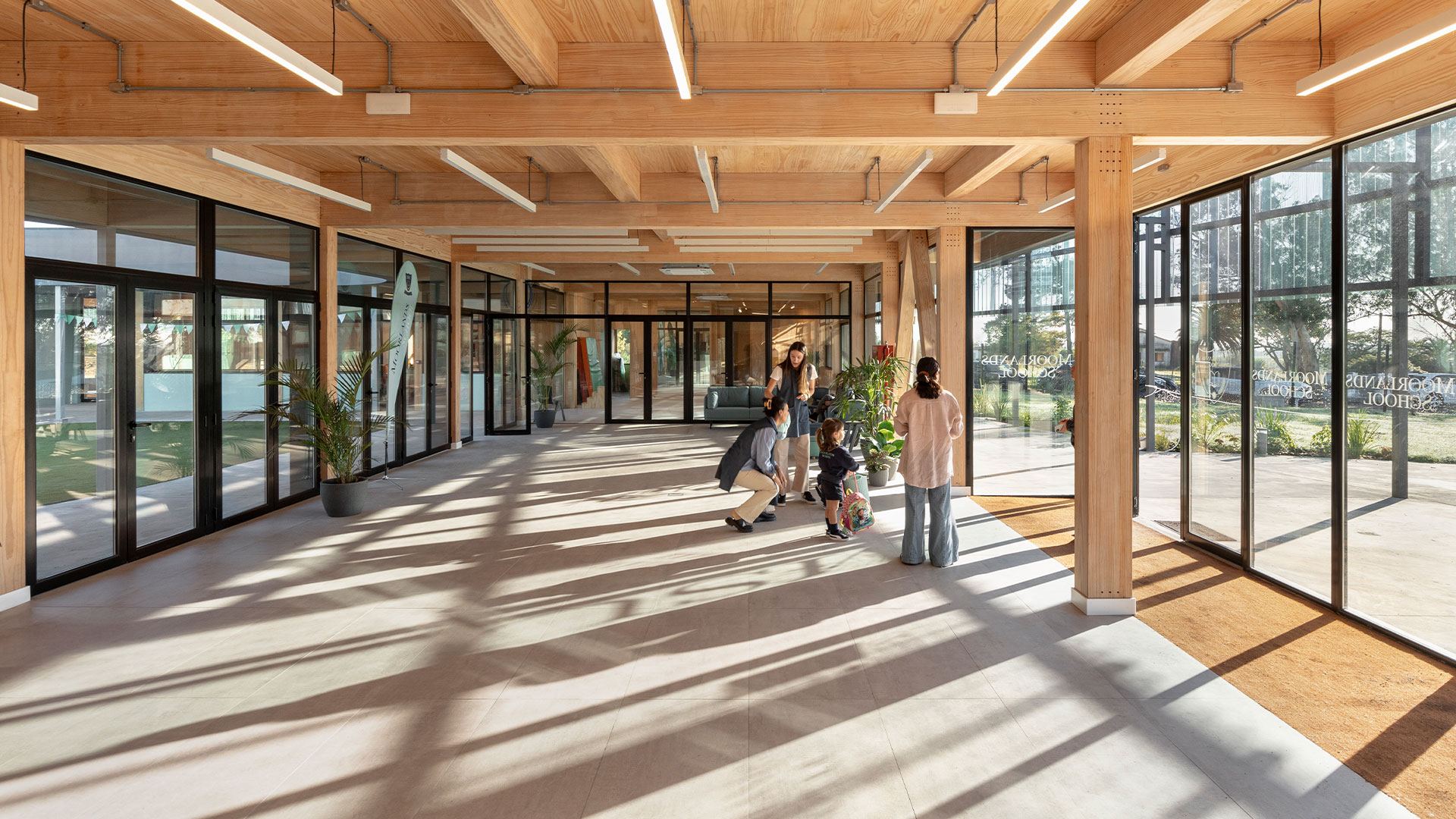
Transcending Function
As early as the 1950s, Finnish architect Alvar Aalto advocated for a humanistic approach to design, sensitive to the emotional and sensory needs of users. Aalto believed architecture should surpass mere utility, creating atmospheres that foster physical and emotional well-being. His works, such as the Viipuri Library in Rusia and Villa Mairea in Finland, exemplify this philosophy through thoughtful use of natural materials, seamless integration with the landscape, and organic spatial arrangements that encourage movement and interaction.
Yet it was not until the 1990s that the concept of emotional architecture gained clearer theoretical definition. Jonathan Chapman, a British psychologist and academic affiliated with the University of California, proposed that the design of objects and spaces should consider not only aesthetics and functionality, but also their capacity to evoke lasting emotional responses. Chapman introduced the concept of “emotionally durable design,” emphasizing the importance of meaningful narratives and adaptability in spaces to prolong their emotional relevance, thereby reducing consumption and environmental impact.
The true significance of emotional architecture lies in its profound influence on our daily lives and its responsiveness to our emotional states. Consider your favorite spaces—a café you visit every morning, a cozy corner at home, or your workspace—and you’ll notice that deliberate design choices have been made to evoke specific emotional responses.
In emotional architecture, aesthetics and functionality merge seamlessly. Architectural intention transcends visual appeal, focusing instead on creating environments that resonate deeply on an emotional level.
Empathic Habitats
For decades, luxury architectural design has prioritized functionality, energy efficiency, and aesthetics. Today, however, a new paradigm is emerging, placing something more intangible yet essential at the forefront: emotional well-being. This approach moves beyond passive environmental effects, seeking active and personalized interactions with inhabitants. Increasingly, architectural projects no longer focus solely on technical variables such as space, square footage, or location, but also consider the tastes, habits, culture, and lifestyle of their occupants. Thus, the concept of empathic residences has emerged—spaces capable of detecting and responding to users’ emotional states through advanced technologies such as biometric sensors, artificial intelligence, and home automation systems, adjusting lighting, temperature, sound, and even aromas to promote emotional balance.
Technology has become a key driver in creating emotionally enriching spaces. According to a Deloitte report (2022), the global smart home market is projected to grow at an annual rate of 11.7%, reaching $537 billion by 2030. This growth includes technologies such as biometric sensors and artificial intelligence, capable of detecting emotional states and automatically adapting environmental conditions to enhance emotional well-being. High-end homes can now detect inhabitants’ emotional states—such as stress, anxiety, calm, or euphoria—through voice analysis, heart rate monitoring, facial expressions, or even skin tone. Based on this data, spaces adjust lighting, temperature, ambient sound, or fragrance to induce a more positive mental state.
Similarly, new technologies applied to emotional design are on the rise. A PwC report (2021) indicates that the use of virtual and augmented reality in architecture and construction will grow by 32% annually through 2028. These technologies allow users to emotionally experience spaces before they are built, enabling personalized adjustments and strengthening emotional connections with the built environment.
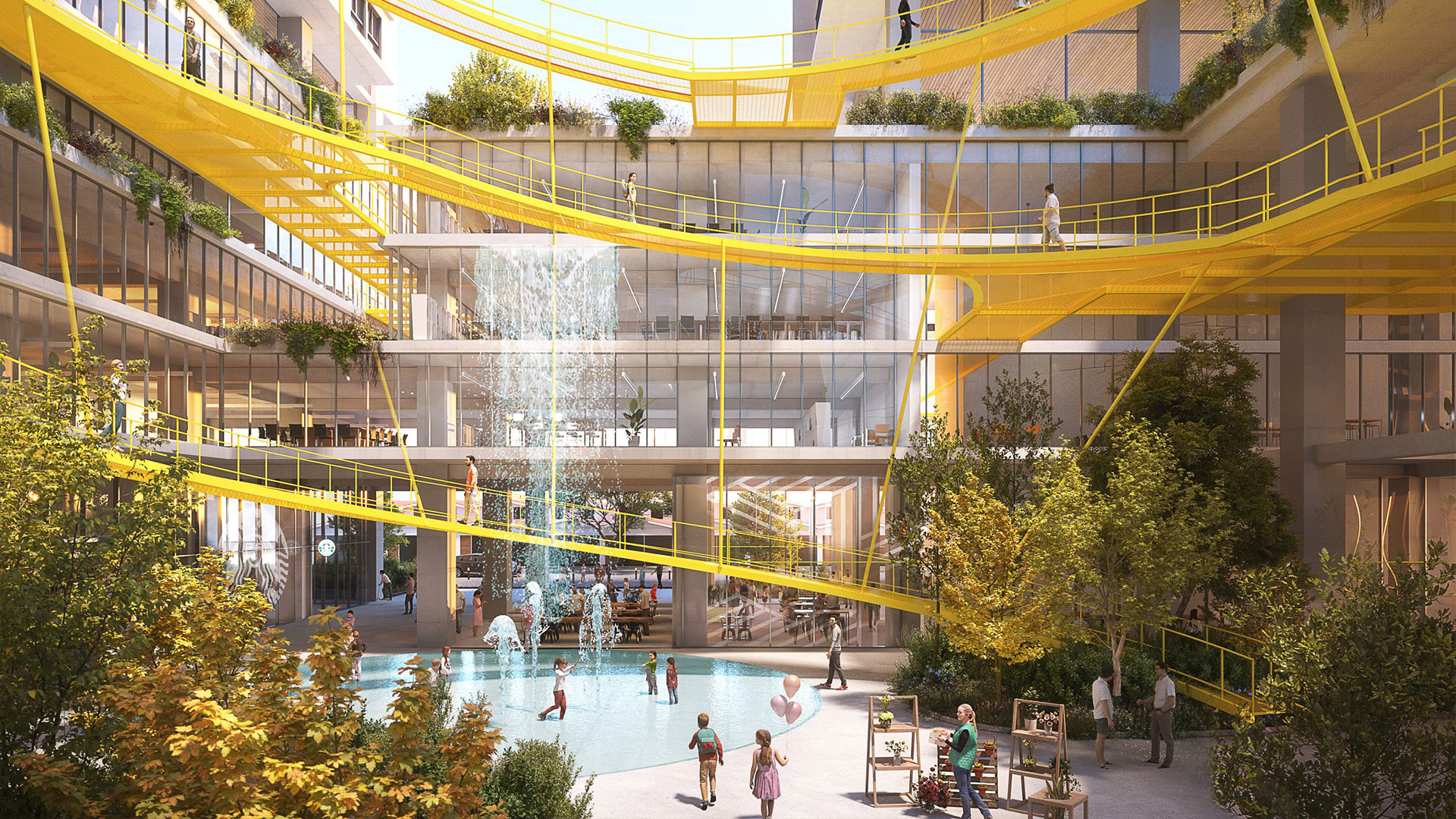
Spaces That Care
In a society defined by hyperconnectivity and an accelerated pace of life, achieving emotional harmony has become a privilege. Returning home to an environment that understands, supports, and cares for its inhabitants not only reflects technological sophistication, but also sets a new standard for holistic well-being. Emotional architecture transcends visual appeal; its essence lies in storytelling through space, transforming each design element into part of a narrative that deepens the emotional connection between people and their built surroundings.
Understanding buildings as sensitive mediators between individuals, their memories, and their context means recognizing that inhabiting a space is, above all, an emotional experience.
